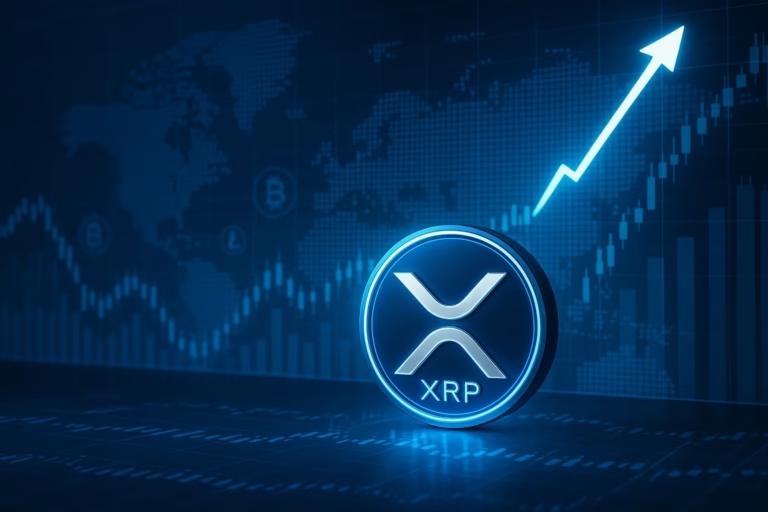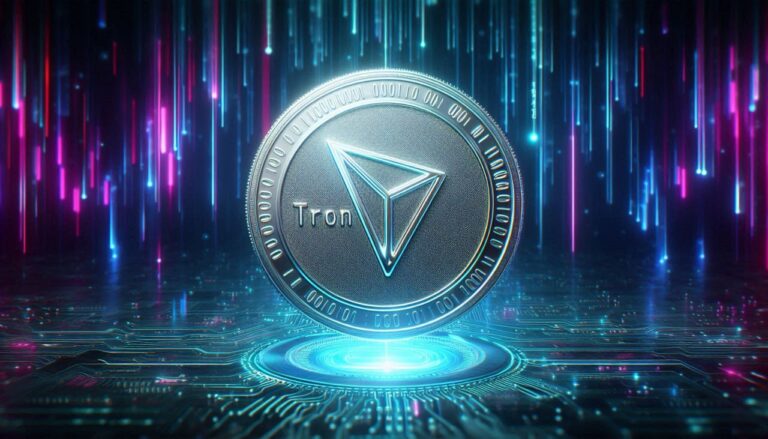
- The Pi Network’s SuperNode mechanism has raised concerns about centralization, as control remains with the Pi Core Team, and the selection process for SuperNodes lacks transparency.
- Critics, including Justin Bons, have labeled the project a scam, citing issues like insider control, multi-level marketing tactics, and limited decentralization.
The Pi Network, a cryptocurrency project that has drawn widespread interest for its unique approach to mining, is facing criticism over concerns about its decentralization. The core of the debate centers around the SuperNode validation structure, which critics argue keeps control firmly in the hands of the Pi Core Team (PCT), undermining claims of true decentralization.
The Role of SuperNodes in Pi Network
SuperNodes play a crucial role in the Pi Network’s ecosystem, serving as the backbone of its blockchain. According to the Pi Network’s website, SuperNodes are responsible for reaching consensus on transactions and ensuring the network’s state is consistently updated. They are expected to operate 24/7 with a reliable internet connection and are initially selected by the Core Team. This selection process, however, has led to concerns about centralization, as many believe the network’s decision-making power is concentrated in too few hands.
Community Concerns and Allegations
The lack of transparency around SuperNode operations has sparked criticism. Several users operating Pi Nodes have reported not receiving token rewards for months, and some suspect that only users with insider connections or high-end hardware qualify to operate SuperNodes. This contradicts Pi Network’s claim of being a “cryptocurrency for everyone.” Additionally, data from PiScan indicates that most of the Pi supply is controlled by a small group of insiders, further fueling skepticism about the project’s decentralization.
Accusations of a Scam
Prominent voices in the crypto community, including Justin Bons, founder and CIO of Cyber Capital, have openly criticized Pi Network, calling it a scam. Bons has highlighted issues such as Pi’s centralized control, lack of transparency, and multi-level marketing scheme. He also raised concerns about the project’s “lock Pi” mechanism, which allows users to lock tokens for years to boost mining rates. Bons argues that this tactic locks users in while benefitting insiders.
Despite these criticisms, Pi Network remains popular in countries like Vietnam, where users are drawn to the idea of free mining through a mobile app. However, with questions about centralization and transparency mounting, the Pi Core Team faces increasing pressure to address these concerns and deliver on promises of a decentralized, user-friendly cryptocurrency. Without significant changes, the project risks being dismissed as a centrally controlled, permissioned network rather than a truly decentralized platform.




